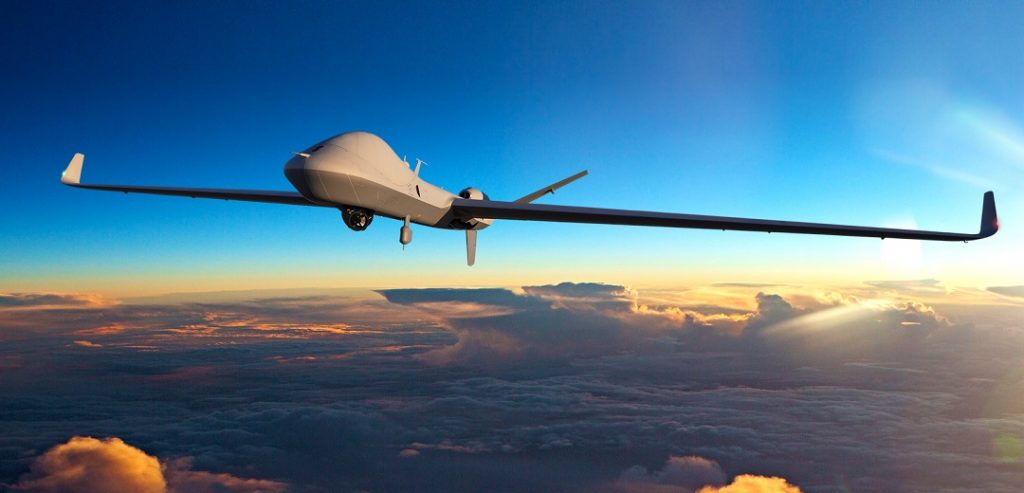GA-ASI completes first test flight with metal AM part
May 25, 2020

General Atomics Aeronautical Systems, Inc (GA-ASI), Poway, California, USA, recently completed the first test flight of its SkyGuardian Remotely Piloted Aircraft (RPA), featuring a metal additively manufactured part developed with support from GE Additive AddWorks, Cincinnati, Ohio, USA. The part, a NACA inlet made in Ti6Al4V, completed its first test flight in February 2020.
Over the past nine years, GA-ASI has gained experience in polymer Additive Manufacturing, and more recently has developed its metal Additive Manufacturing roadmap and established a dedicated AM team. With the required ecosystem to develop metal AM applications, the GA-ASI Additive Manufacturing team identified a series of parts and applications with potentially favourable business cases.
In early 2019, the team selected GE Additive AddWorks to support the development of metal Laser Powder Bed Fusion (L-PBF) manufacturing at the company, with the objective to develop and test its first metal AM part. The support received from AddWorks included a wide range of engineering consultancy services, such as Design for Additive Manufacturing (DfAM) training, process industrialisation development and materials validation for titanium and other metals.
This intensive period of collaboration resulted in the GA-ASI team being able to perform its first test flight of a metal AM part, the NACA inlet, within eight months. Early on in its metal AM development project, the GA-ASI AM team identified the NACA inlet as a strong contender to be the first metal AM part for the SkyGuardian programme.
The GE Additive AddWorks team was then able to accelerate and support the industrialisation process and production readiness of the NACA inlet by unlocking design potential and providing expertise to reduce the qualification risks.
The redesigned single-piece NACA inlet is said to offer significant cost and weight reductions when compared with the original manufacturing method used to produce the component, which used three parts of welded formed sheet metal titanium. The inlet is now additively manufactured as a single piece on a Concept Laser M2 machine, and delivers a cost reduction per part of more than 90%, a weight reduction of over 30% and tooling reduction of approximately 85%.
Lauren Thompson, Operations Project Manager at GE Additive AddWorks and part of the team working with GA-ASI, stated, “We know firsthand that the ability to secure buy-in from multiple cross-functional stakeholders is often critical to the success of any metal additive programme within an organisation. By adding GE’s prior experience and perspective to the GA-ASI’s internal leadership efforts, the joint team was able to reach the required project momentum in order to meet their milestone.”
“Combining our deep domain expertise of metal additive and best practices from our own additive journey with GA-ASI’s equally deep domain expertise of their RPA applications allowed us to move quickly and work within the timelines we had set,” she added.
Following the successful test flight, the NACA inlet will now enter the final qualification phase for the SkyGuardian programme.
















